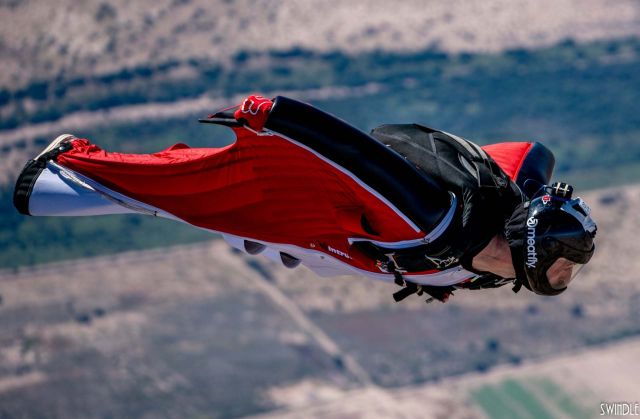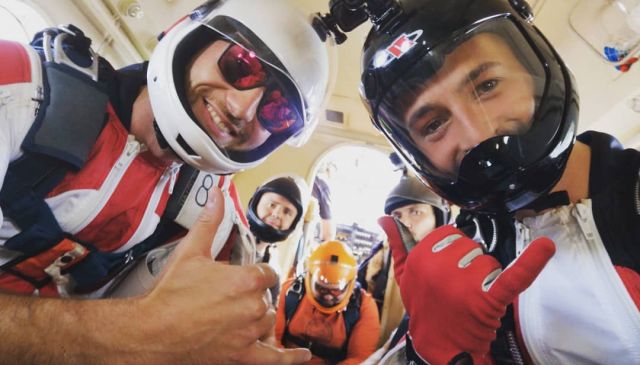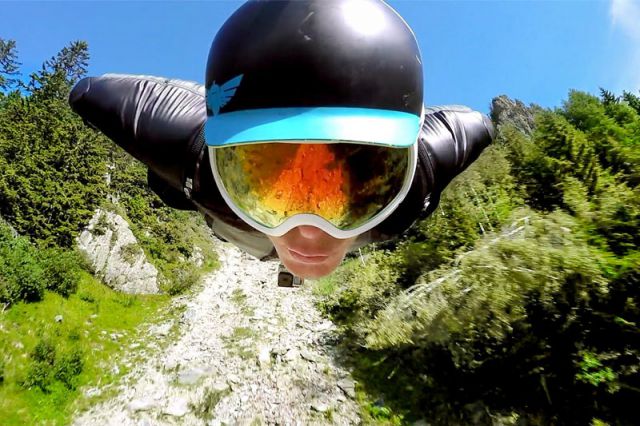BASE Jumping - A true on activity – Real explanation of B.A.S.E.
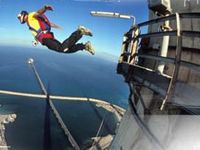
B. - Building (Skyscrapers, Statues)
A. - Antenna (Radio antennas, Cranes)
S. - Span (Bridges, Cable cars)
E. - Earth (Cliffs, Caves)
The riskiest extreme & outdoor activity in the world !
BASE jumping grew out of skydiving. BASE jumps are generally made from much lower altitudes than skydives, and a BASE jump takes place close to the object serving as the jump platform. Skydivers use the air flow to stabilize their position, allowing the parachute to deploy cleanly. BASE jumpers, falling at lower speeds, have less aerodynamic control, and may tumble. The attitude of the body at the moment of jumping determines the stability of flight in the first few seconds, before sufficient airspeed has built up to enable aerodynamic stability.
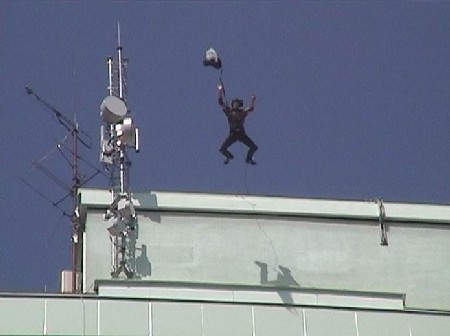
Another risk is that most BASE jumping venues have very small areas in which to land. A beginner skydiver, after parachute deployment, may have a three minute or more parachute ride to the ground. A BASE jump from 150m (500 foot) will have a parachute ride of only 10 to 15 seconds.
World´s First Attempt
In 1912, Franz Reichelt, tailor, jumped from the first deck of the Eiffel Tower, testing his invention, the coat parachute. He died. It was his first ever attempt with the parachute and he had told the authorities in advance he would test it first with a dummy.
Top Jumpers Awarded
Upon completing a jump from all of the four object categories, a jumper may choose to apply for a "BASE number", which are awarded sequentially. BASE nr.1 was awarded to Phil Smith of Houston, Texas in 1981. The 1000th application for a BASE number was filed in March 2005 and BASE nr.1000 was awarded to Matt Moilanen of Kalamazoo, Michigan. As of May 2013, over 1,500 BASE numbers have been issued.
You´ll soon meet here at Adrex.com the most successful athletes and performers of BASE.
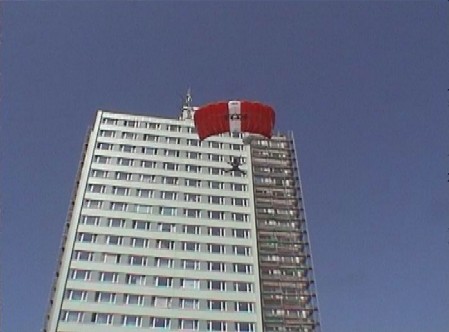
Only for few hundred
BASE jumping as of 2002 has an overall fatality rate estimated at about one fatality per sixty participantsA study of 20,850 BASE jumps from the same site (the Kjerag Massif in Norway) reported 9 fatalities over the 11-year period from 1995 to 2005, or 1 in every 2,317 jumps. However, at that site, 1 in every 254 jumps over that period resulted in a nonfatal accident. As derived from this same jump site study, BASE jumping is the most dangerous recreational activity in the world, with a fatality and injury rate 43 times higher than parachuting from a plane.
Story by Thomas with Wikipedia source. Photos: Adrex.com database.






